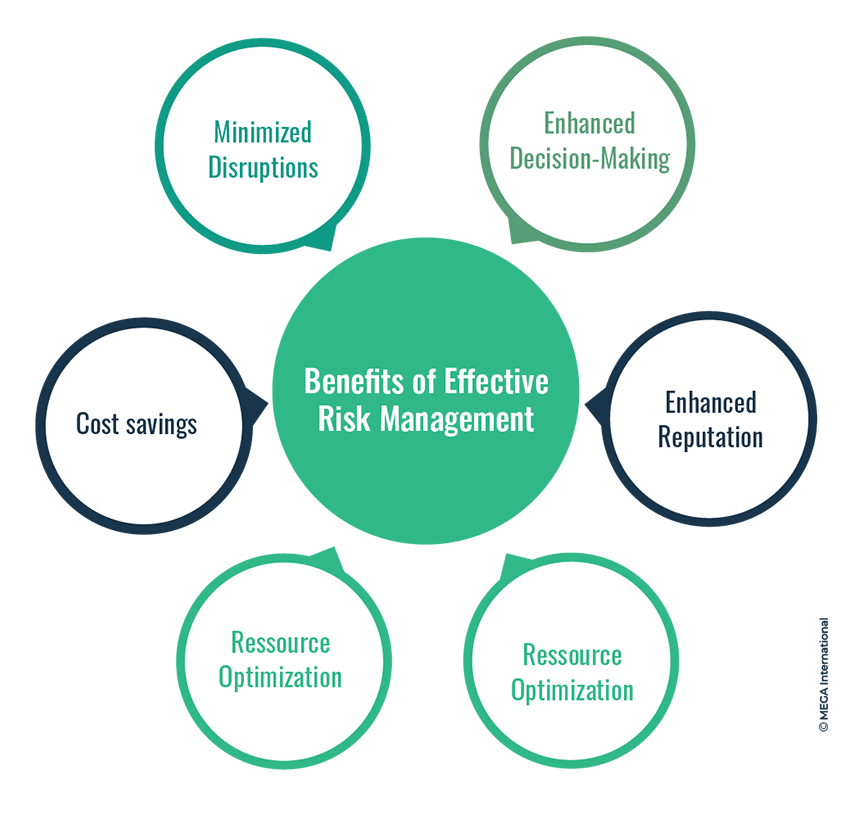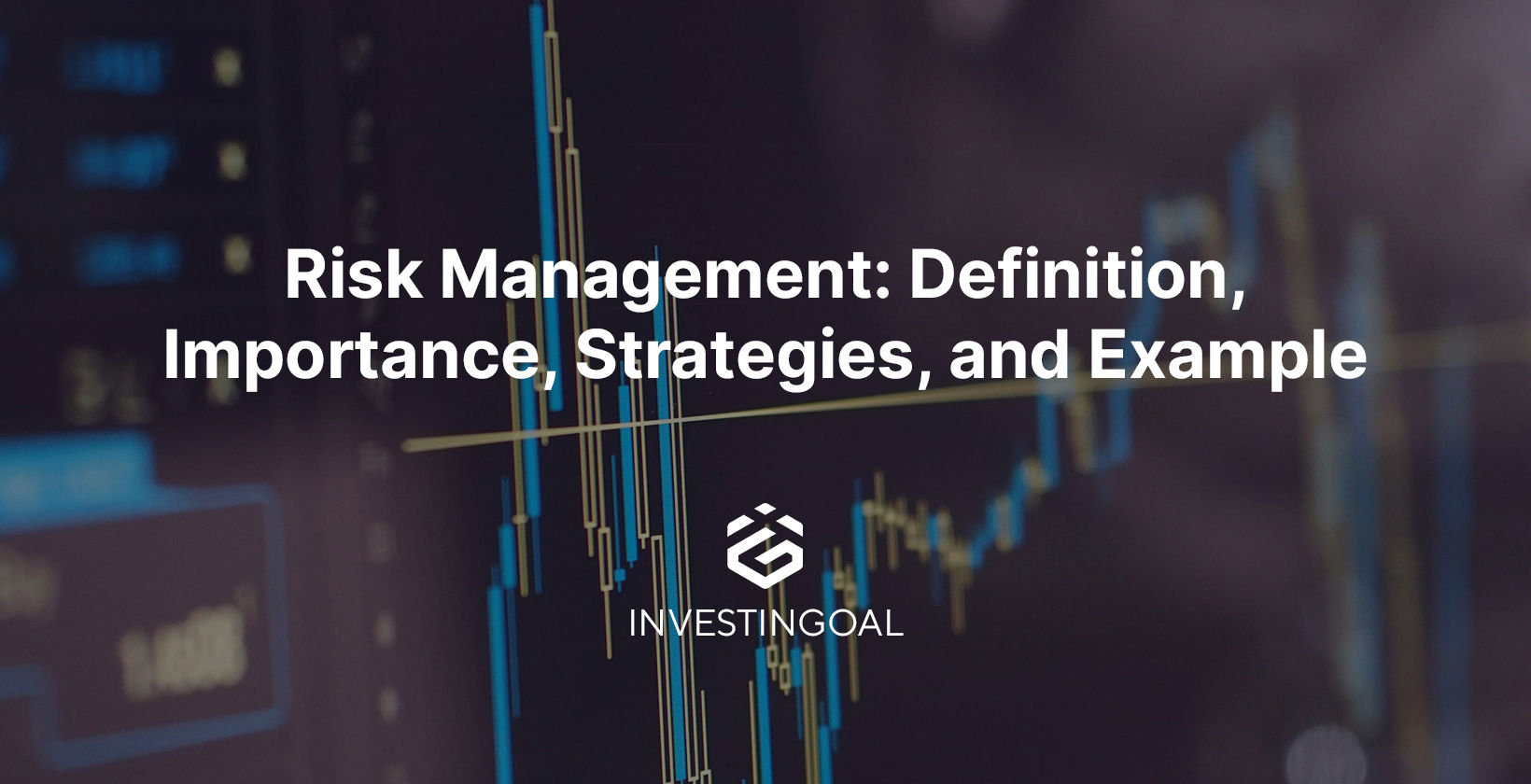The Importance of Understanding the Significance of Risk Management in Numerous Industries

The Core Concept of Risk Management and Its Objective
Risk Management, the keystone of lots of industries, pivots on the identification, evaluation, and mitigation of uncertainties in a service environment. It is an indispensable practice that allows organizations to protect their possessions, credibility, and general survival. By properly recognizing possible risks, companies can establish strategies to either protect against these threats from happening or reduce their effect. The assessment procedure involves evaluating the likelihood and prospective seriousness of these threats. As soon as dangers have been identified and assessed, the reduction process entails developing approaches to reduce their potential effect. This procedure is intermittent and continuous, making sure that organizations are planned for the ever-changing nature of Risk in different markets. The main objective, therefore, is to promote strength among unpredictabilities.
Advantages of Carrying Out Risk Management in Service Operations

Unveiling the Role of Risk Management in Different Industries
While every market challenges its distinct set of dangers, the application of Risk Management techniques stays a typical denominator in their search of sustainability and development. In the health care market, Risk Management entails making sure person safety and security and information protection, while in finance, it entails mitigating financial investment risks and making sure regulative compliance. Ultimately, the function of Risk Management throughout industries is to identify, assess, and minimize dangers.
Real-life Case Research Studies Showing Effective Risk Management
To comprehend the importance of Risk Management in these lots of industries, one can look to several real-life instances that illustrate the successful application of these steps. Toyota, post the 2011 earthquake in Japan, revised its supply chain Management to minimize disturbance dangers. These situations show exactly how industries, finding out from situations, successfully applied Risk Management methods to reduce future risks.
Future Fads and Developments in Risk Management Methods
As the world continues to evolve, so also do the patterns and advancements in Risk Management techniques. Quick developments in innovation and information analytics are improving the Risk landscape. Large information and AI are now important in weblink forecasting and alleviating threats. description Organizations are leveraging these tools to construct predictive models and make data-driven choices. Cybersecurity, when a peripheral concern, has catapulted to the forefront of Risk Management, with approaches focusing on feedback, discovery, and avoidance. The combination of ESG (Environmental, Social, Administration) elements right into Risk Management is an additional growing pattern, mirroring the raising acknowledgment of the role that social and environmental dangers play in business sustainability. Therefore, the future of Risk Management exists in the combination of innovative modern technology, ingenious techniques, and a holistic approach.
Verdict
In final thought, recognizing the significance of Risk Management throughout a range of industries is crucial for their durability and prosperity. Ultimately, successful Risk Management adds to more sustainable and resilient services, highlighting the importance of this technique in today's dynamic and highly competitive business environment.
While every sector faces its website here special collection of threats, the execution of Risk Management methods remains a common denominator in their quest of sustainability and development. In the medical care field, Risk Management entails guaranteeing individual safety and data protection, while in finance, it entails mitigating financial investment threats and making certain governing conformity. Inevitably, the duty of Risk Management across industries is to identify, assess, and minimize dangers. These cases show just how sectors, learning from situations, effectively used Risk Management techniques to reduce future threats.
